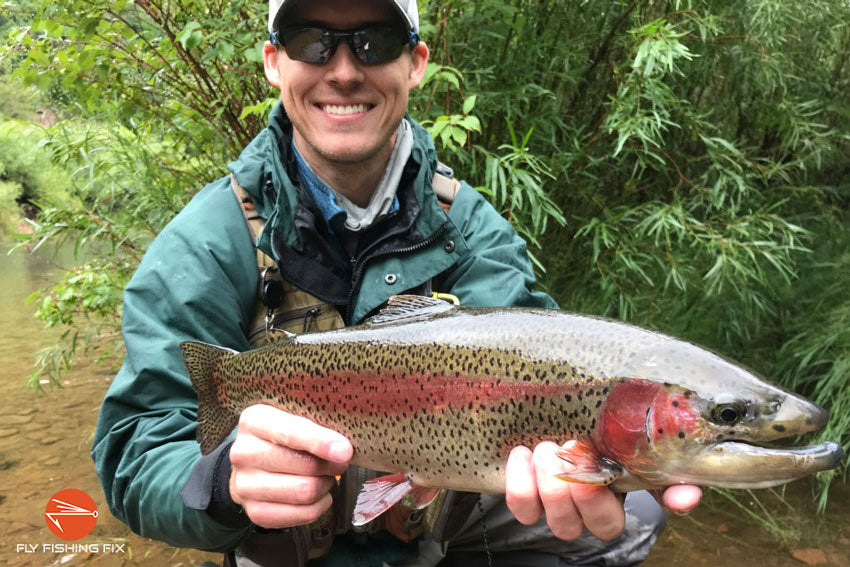
One of the most important parts of learning How to Fly Fish for Trout is choosing the right fly for the right place at the right time. Many anglers waste their time casting an imitation that was meant for shallow water into deep water, or by incorrectly casting their fly.
How to Fly Fish
Achieving the ultimate success with your fly fishing endeavors requires a great deal of practice and knowledge. Choosing the right fly and the right place are essential for catching trout, but many anglers make the mistake of casting a shallow water imitation into deeper water. By following a few simple tips, you can ensure your fly presentation catches trout and lands in the net. However, if you'd like to become a fly fishing master, here are some tips:
To begin fishing in moving water, use streamers. These are easier to cast than traditional dry flies. However, moving water requires more concentration and energy than still waters. While trout love the movement and smell of a flies, it's essential that you get a feel for the different techniques needed to fish in this environment. Learn to make your fly look as natural as possible. To be successful in moving water, you'll need to master the art of casting a streamer.
Where to Fly Fish
If you are an avid fly fisher, you will know how challenging it can be to locate the best trout waters. In stillwaters, trout feed primarily on insects and other subsurface creatures, making it difficult to find the best location to cast. In order to maximize your chances of catching a trophy trout, you should know what to look for in trout streams. In addition, fly fishing is more fun in small mountain streams than in large lakes and rivers.
When choosing a river or stream, always choose a destination where the trout are most active. The water temperature and the type of vegetation will determine the number of trout you can find. Ensure that the stream you choose is free of weeds. In addition to vegetation, make sure the area you choose is well-protected by vegetation. Fly fishing is not for the faint of heart. It can be very frustrating, especially if the water is too cold or too warm.
Trout Fly Fishing
Unlike traditional fishing, fly fishing requires a more natural presentation of the fly. Instead of casting your line frantically, let it drift naturally upstream. Leaving a pause in the motion will give impulsive trout more time to take the fly. The right presentation is the secret to catching more trout. To start, cast the line upstream. Cast it a couple of feet higher than the water level.
If you're fishing at night, you should aim to cover as much water as possible. The more water you cover, the more fish you'll catch. For daytime fishing, a 5-weight rod will do the trick. A heavier rod offers extra casting power. For nighttime fishing, a 6-weight rod is ideal. However, heavier rods are not necessary. Once you've mastered the basics, try fishing for trout on rivers with uniform depths.

